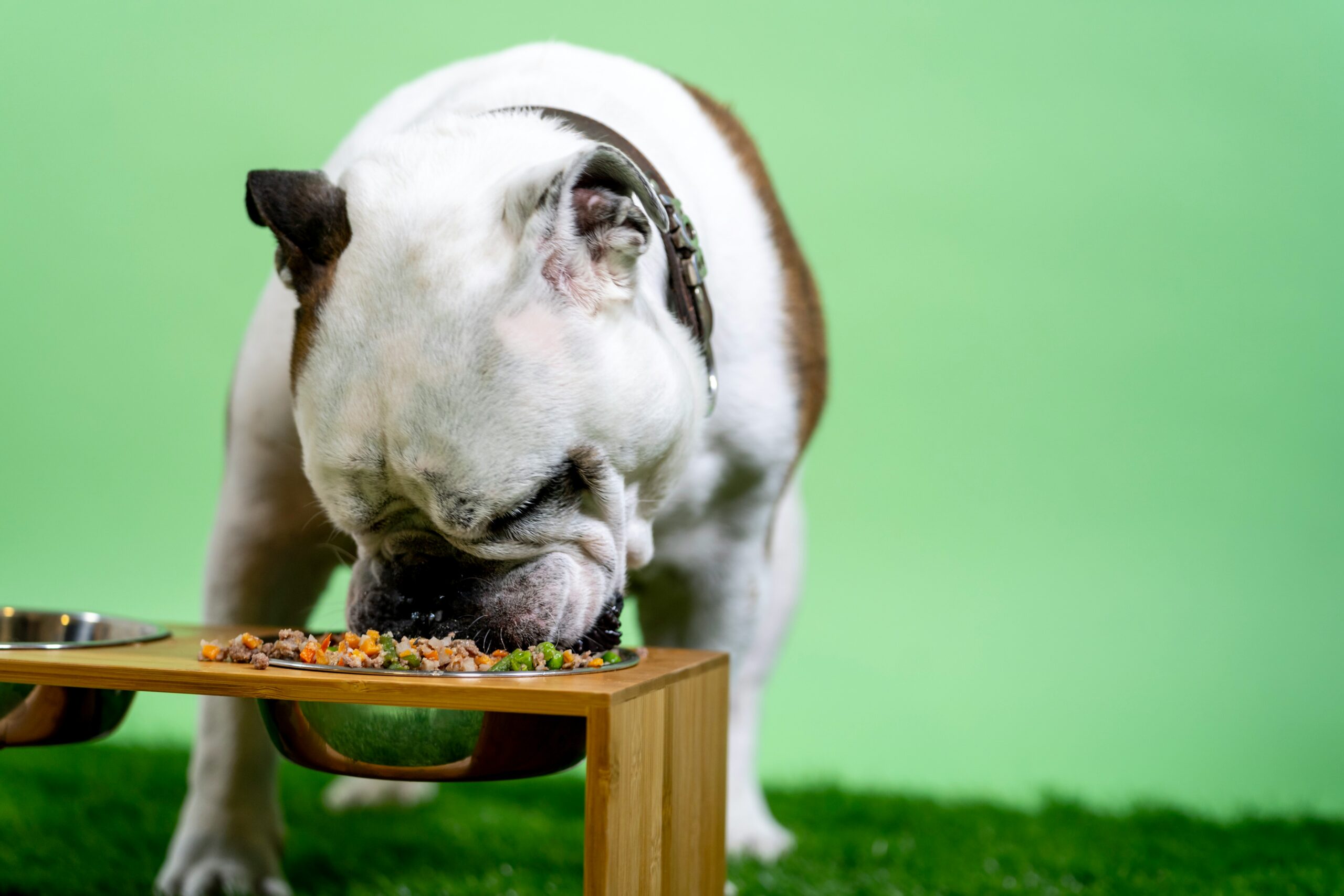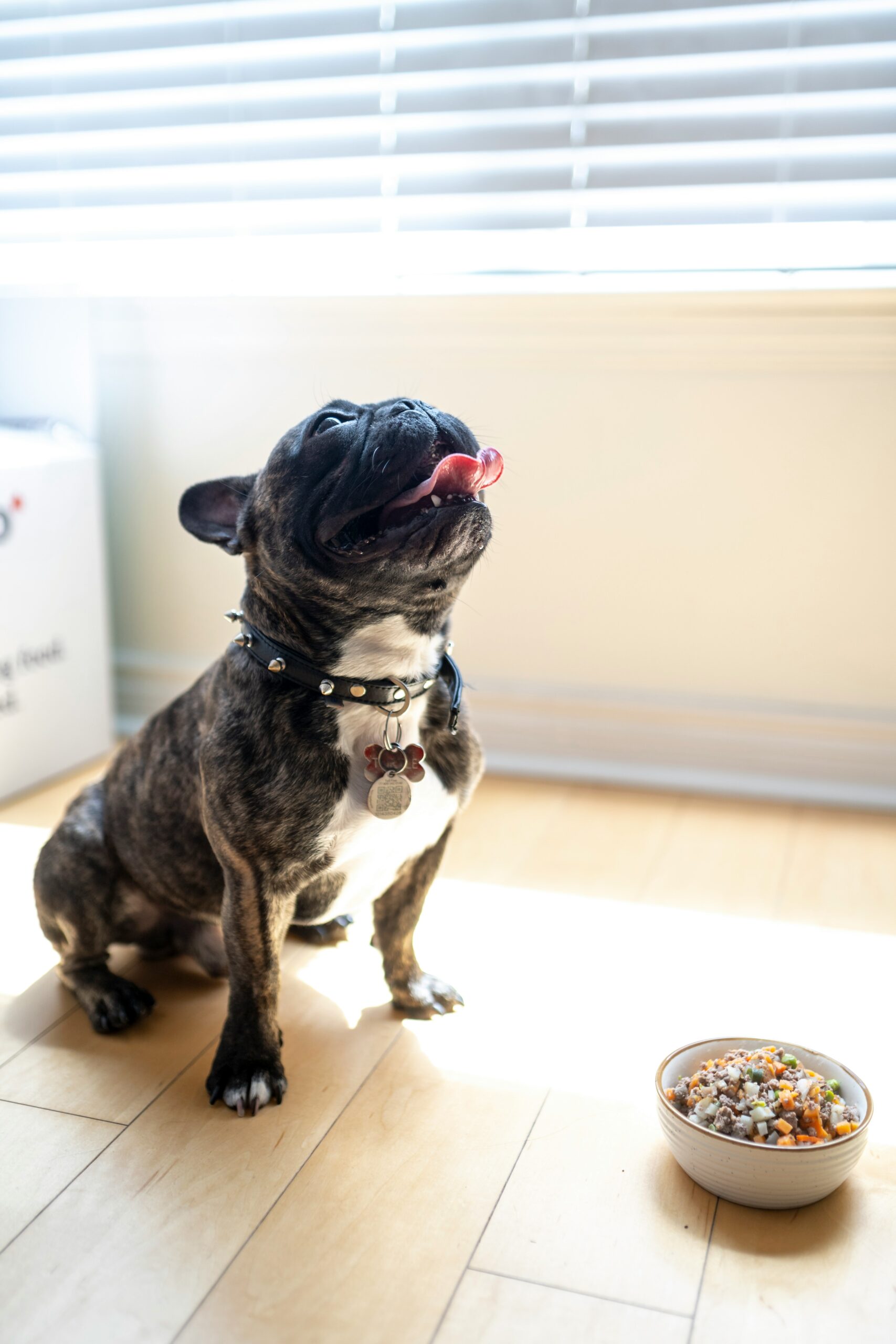Debunking Common Myths About Raw Food Diets for Dogs
This article explores common myths and misconceptions about raw food diets for dogs, including concerns about nutritional adequacy, infectious disease risks, digestion of raw meat, balance of nutrients, and potential harm to humans.
Overview of Raw Food Diets for Dogs
Introduction
The rising trend of pet owners opting for raw, homemade diets for their pets stems from concerns about the quality of commercial pet foods and a desire for greater control over their pets’ well-being. An article in the Wall Street Journal highlights this shift towards raw food diets for pets, emphasizing the importance of assessing the evidence regarding the nutritional advantages and risks associated with such diets. Despite the popularity of raw food diets for pets, there is a notable lack of high-level studies evaluating the nutritional implications of feeding raw meat to dogs and cats.
Myth 1: Raw Food Diets Are Nutritionally Inadequate
While some level 4 evidence suggests nutritional benefits of raw food diets for dogs, there are associated risks such as hypervitaminosis A, feline pansteatitis, and nutritional osteodystrophy. Raw food diets may lack essential vitamins and minerals present in commercial dog foods, potentially leading to nutritional deficiencies. The ongoing debate revolves around whether raw food diets can adequately fulfill all the dietary requirements of dogs.
Myth 2: Raw Food Diets Pose Infectious Disease Risks
Raw food diets for dogs may harbor harmful bacteria like Salmonella, posing risks not only to pets but also to humans. Despite the presence of pathogens, the evidence from randomized controlled trials assessing the risks and benefits of raw meat diets for pets is limited. Handling raw food increases the risk of exposure to harmful organisms, underscoring the need for cautious practices.
Myth 3: Dogs Cannot Digest Raw Meat
Contrary to misconceptions, dogs have stomach acidity that effectively eliminates harmful bacteria from raw meat, ensuring its safety for consumption. Their digestive systems are evolutionarily designed to process raw meats, resembling the diets of their ancestors, wolves. Raw food diets offer easily digestible essential nutrients that cater to the dietary needs of dogs.
Myth 4: Raw Food Diets Are Unbalanced
A common misconception is that all-meat diets are unbalanced for dogs, who actually require a mix of meats, bones, and organs to achieve a complete and balanced diet. By incorporating a variety of meats, bones, and organs, properly balanced raw food diets can meet the nutritional needs of dogs of various sizes and breeds. Owners can tailor raw food diets to ensure the appropriate balance of nutrients for their furry companions.
Myth 5: Raw Food Diets Are Harmful to Humans
Raw food diets can expose both pets and humans to harmful bacteria like Salmonella, emphasizing the significance of safe handling practices. It is essential for veterinarians to educate pet owners about the potential human health risks associated with raw meat-based pet foods, ensuring that necessary precautions are taken. Consulting with a veterinarian is crucial to address any concerns related to the safety of raw food diets for both pets and their human companions.




 Book Appointment
Book Appointment